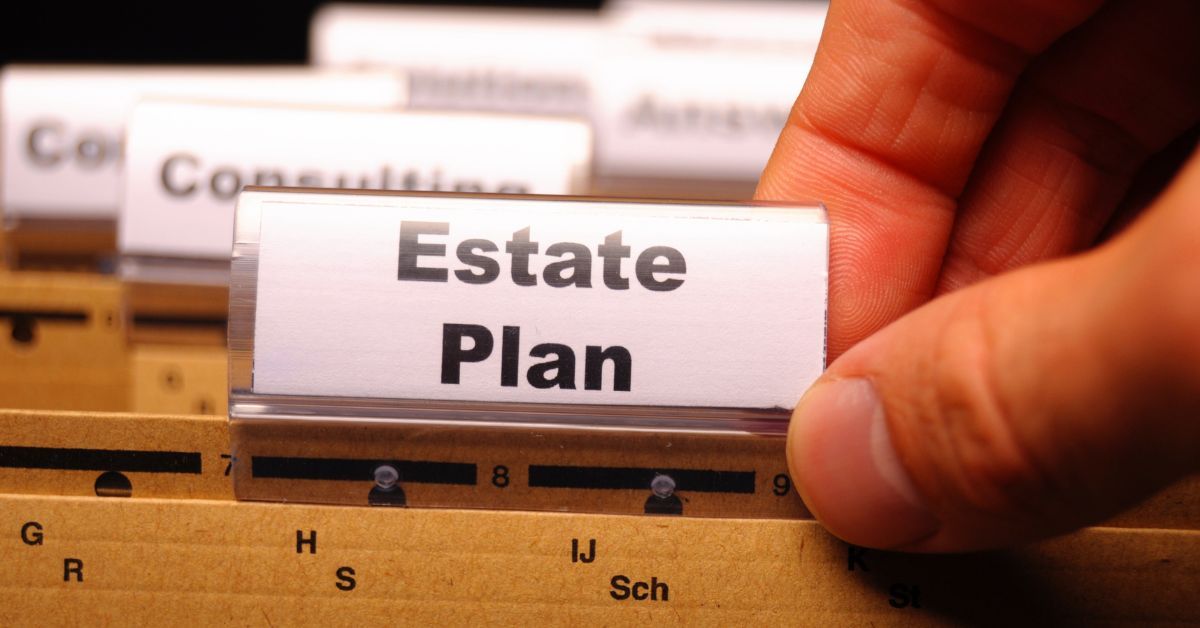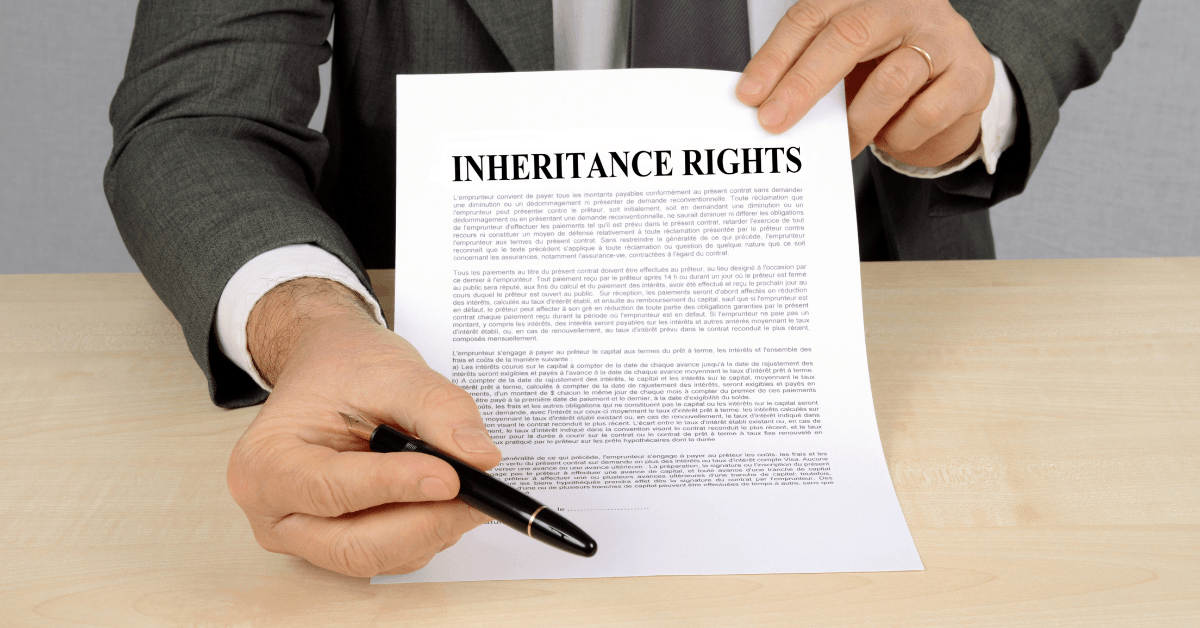Rent Relief for Commercial Leases in Queensland during COVID-19: What you need to know
Rent Relief for Commercial Leases in Queensland during COVID-19: What you need to know
For many businesses, the current COVID-19 situation has led to a reduction in revenue – directly impacting their ability to cover vital bills for their business. In Queensland, rent relief has been included as part of ongoing COVID-19 regulations, providing a way for companies to stay afloat in a challenging time.
We provide all the information you need to understand current emergency regulations in Queensland regarding retail leases and commercial leases during the COVID-19 crisis. Read on to find out more about what these regulations mean, what rent relief consists of, and what landlords can and cannot currently do:
What is rent relief?
As the name suggests, land tax relief or rent waivers is a process in which retail and commercial lease tenants can ask to reduce or waive rent from a landlord. This may include deferred payments, an overall reduction of rent for a period, or waiving a certain amount of rent based on the decrease in turnover a business has experienced due to COVID-19. Under Queensland’s emergency COVID-19 regulations, rent relief is designed to protect companies that would otherwise fail due to the pandemic.
What are the regulations for commercial leases during covid 19?
Current emergency regulations for commercial lease won’t apply to every business or premises. To be included within these regulations, businesses will have to meet one of the following requirements:
• The retail and commercial tenants are classified as SME, making a turnover below $50 million
• The commercial tenant is eligible for the current JobKeeper scheme
• The commercial tenant falls under additional exceptions, such as the Land leased Act or farming-based businesses
For any of the above businesses affected by the current global situation, it may be possible to request rent relief from commercial leasing. In this case, a decline in turnover does not include any assistance that businesses have received thanks to NSW government help or grants during COVID-19.
In the case of franchised businesses, where the lease is between a franchisor and a franchisee where the franchisee meets the above requirements, this will be an affected lease. In turn, the lease between the franchisor and landowner will also be an affected lease within this chain.
Finally, for related tenants – where tenants are affiliated or where several different locations trade under a single name – the turnover of the business will be aggregate. This means all tenancies are considered together to determine eligibility.
How long will the regulations last?
The period for commercial tenants considering rent payable relief was originally from 29th March 2020 through to 30th September 2020. This has now been extended to 31st December 2020. This period is referred to as the ‘response period’, and provides ample time for lease disputes to undergo the regulatory resolution process.

What can landlords do if commercial tenants in retail and commercial leases are looking for rent relief?
Retail and commercial leases under current regulations may be concerned that they have no rights regarding their tenants. However, while others offer rent relief, and is considered designed to provide commercial tenants with ways to stay in business and retain their lease, there are certain things that landlords can still do. If a company has not paid their rent for a reason other than COVID-19, they are not covered under emergency regulations – which means the usual process for defaulting on rent must be followed.
In the case that the landlord and tenant arrange for rent relief, and this is not followed, the tenant is not then further protected. Similarly, if a tenant refuses to enter negotiation for rent relief, they are also not covered under Queensland’s emergency COVID-19 regulations.
What are landlords unable to do during this process?
During the response period of the rent relief process, landlords cannot take any ‘prescribed action’ against their commercial tenants that are on an affected lease. This includes businesses that fail to pay rent or outgoings or those that fail to trade. Prescribed action includes enforcing rights, using security deposits, or terminating leases. This only applies during the response period – once an agreement has been reached between the tenant and landlord for rent relief, this no longer applies.
During the response period, landlords can also not increase rent. While rental reviews are allowed, the rental price of the commercial property cannot accrue until after the response period has been completed. It’s worth noting that this only applies to reviews unrelated to business decline in turnover.
How does the rent relief process work?
Both tenants and landlords may instigate the rent relief process. Once negotiations have started, each party must exchange accurate information – allowing for clear and transparent decisions. This information may include the definition of what this specific rent relief will entail, evidence of the tenant’s position as an SME or within the JobKeeper scheme, and information on reduction in annual turnover because of COVID-19.
Once the information has been provided, and negotiations are underway, the landlord then has 30 days in which to make the commercial tenant an offer for a rent reduction. For any rent relief the landlord offers, 50% or more must be waived under current emergency regulations.
Deferred payments may be included as a part of this agreement, where the tenant agrees to pay rent at a later date with no interest or fees. This can be paid off regularly over a 2-3-year period following the response period. The landlord can retain security deposits until all deferred payments have been made.
Landlords must also offer tenants rent concessions such as extensions of term equal to the time in which the tenant requires rent relief. However, if the landlord has already agreed on a new tenant lease or there are other impediments, this may not apply.
You must record the full rent relief agreement in writing. This ensures that everyone understands the facts and has a clear understanding of the leasing principles that have been made for rent relief. If possible, recording the whole agreement process can ensure there are no other issues or confusion in terms of the agreement further down the line.
How is rent relief calculated?
When retail and commercial landlords offer a land tax relief or rent relief agreement to their commercial tenants, this is calculated based on several factors. These include:
• Current rent reduction provided in annual turnover for the tenant
• land tax reduction
• How much the tenant is compromised
• The financial position of the landlord<
• Any savings through land tax attributable, land tax payable rates, and other Australian government support, or NSW government introduced fees

There may be other factors considered in land tax relief or rent relief reductions. However, the decline in turnover of the business itself is always a significant factor in what percentage of rent waiver is offered overall – to ensure fairness to renegotiate rent and reach the best possible outcome.
What happens to pre-existing rent relief agreements?
For tenants and landlords of retail or commercial lease properties that have already made agreements for rent relief, current regulations state they are enforceable. However, any further negotiations must be consistent with existing regulations if they are required.
If you’re unable to agree as a tenant or a landlord during the prescribed period, current regulations require proper dispute mediation carried out by a small business commissioner-appointed mediator. Should this also fail, both parties will then go on to be heard at QCAT for their lease dispute





